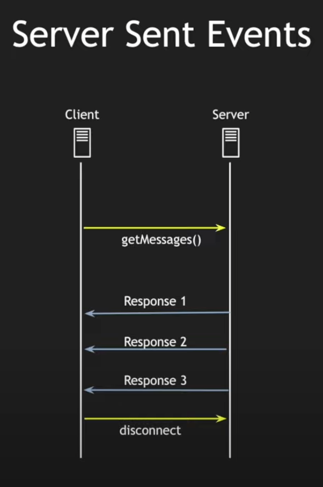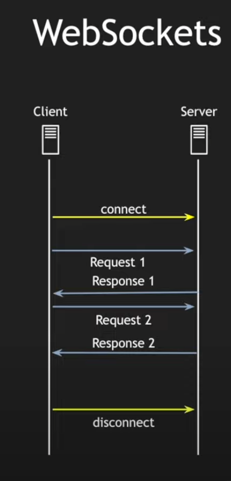Long Polling vs SSE vs WebSocket
HTTP Long Polling
Mechanism: Client sends a request, server holds it open until data is available or a timeout occurs, then responds and closes the connection. Client immediately sends another request, creating a continuous loop.

Pros
- Simple, works over standard HTTP without special libraries.
- Works behind most firewalls and proxies.
Cons
- Inefficient for high-frequency updates due to frequent polling and connection overhead.
- Server-side resource usage can be high due to many open connections.
Server-Sent Events (SSE)
Mechanism: Unidirectional communication from server to client over a single, long-lived HTTP connection. Server pushes events to the client as they occur.

Pros
- More efficient than Long Polling for one-way updates.
- Reduced server-side resource usage.
- Simpler JavaScript API for client-side handling.
Cons
- Still relies on HTTP, not as efficient as WebSockets for bidirectional communication.
- Limited browser support compared to WebSockets.
WebSockets
Mechanism: Full-duplex, bidirectional communication over a persistent TCP connection. Enables real-time, two-way data exchange between client and server.

Pros
- Most efficient for real-time, bidirectional communication.
- Low latency, low overhead.
- Wide browser support.
- Can handle binary data and messages of any size.
Cons
- Requires WebSocket-specific libraries and protocols.
- Might be blocked by some firewalls or proxies.